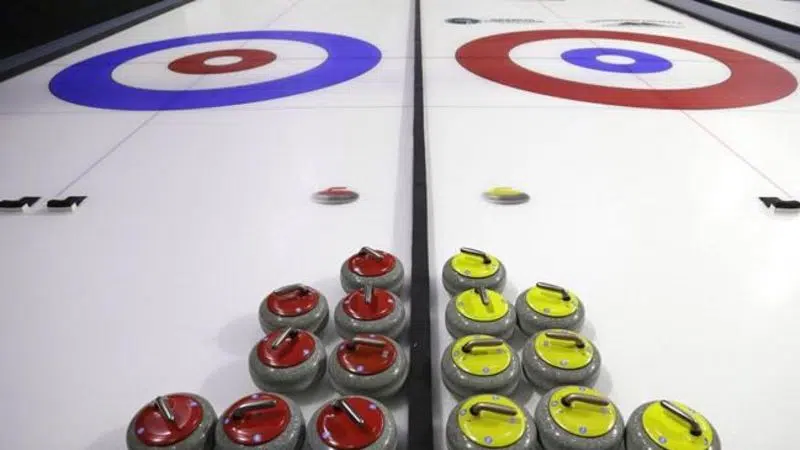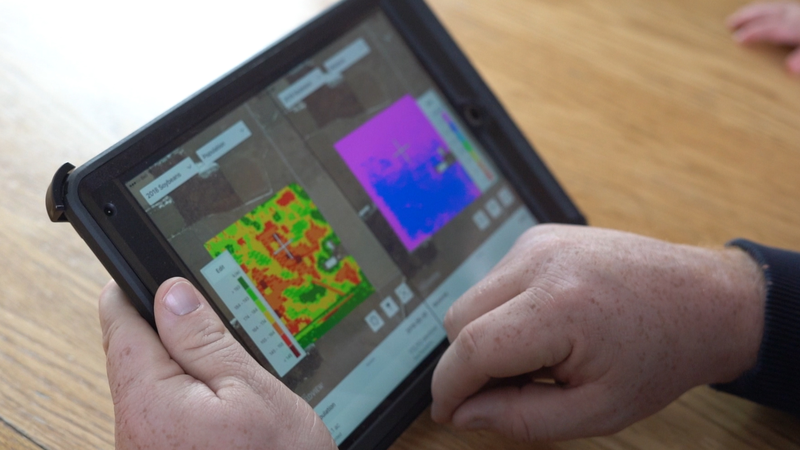
Helmets, head protection gaining some ground in grassroots curling
Change and innovation in sport often trickles down from the professional to the recreational level. When it comes to curling and head protection, it may be the reverse.
Anecdotal evidence indicates a slow, but growing, trend of recreational curlers donning helmets or some type of head protection on the ice.
Witnessing another curler take a bad spill can spawn a burst of orders for helmets and headgear, according to Goldline Curling Supplies president Erin Flowers.


